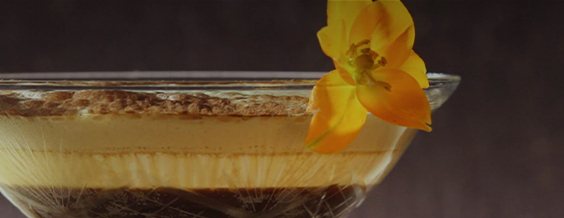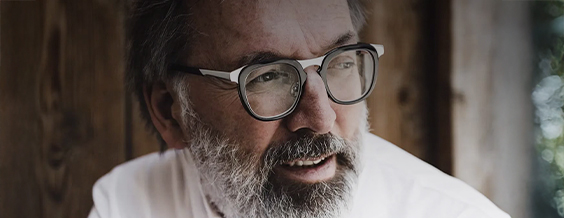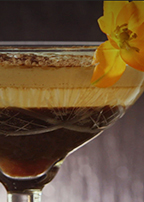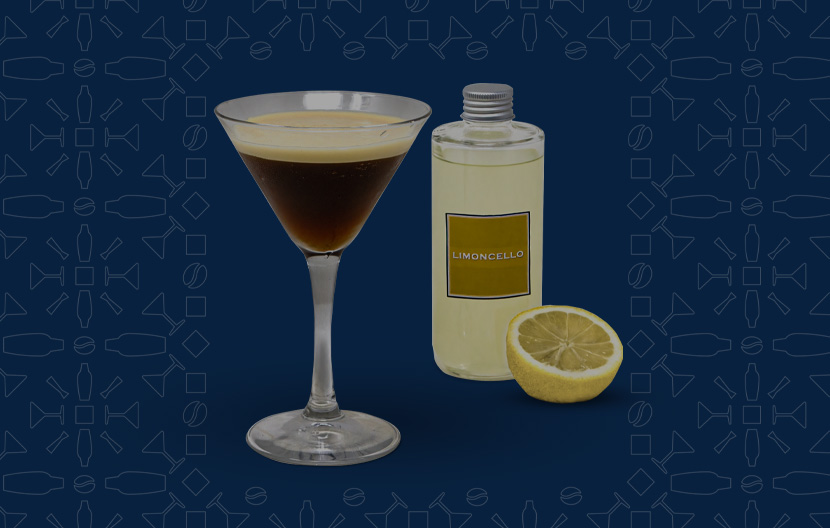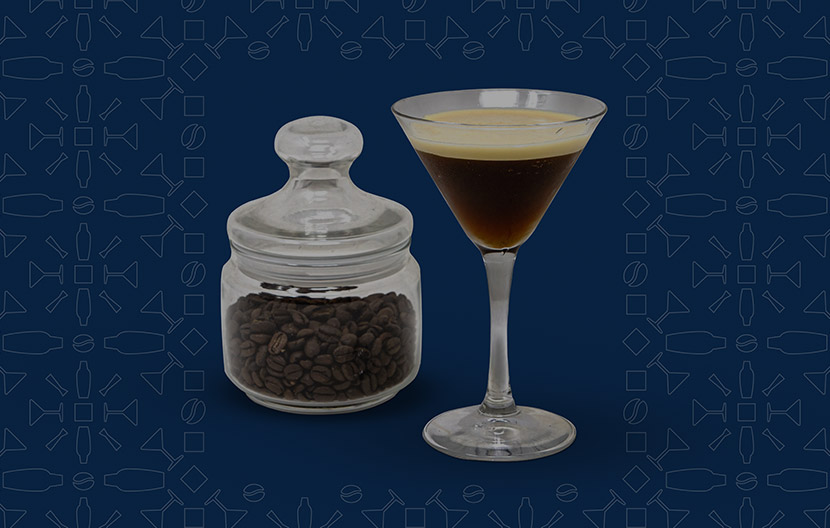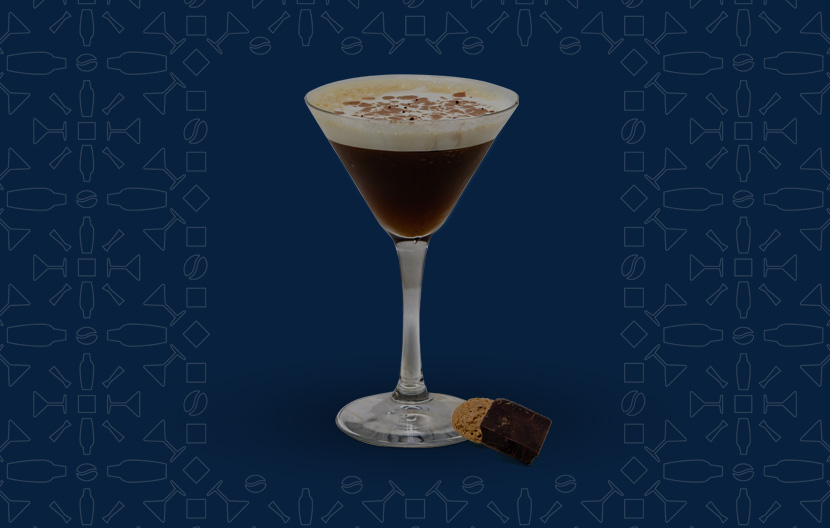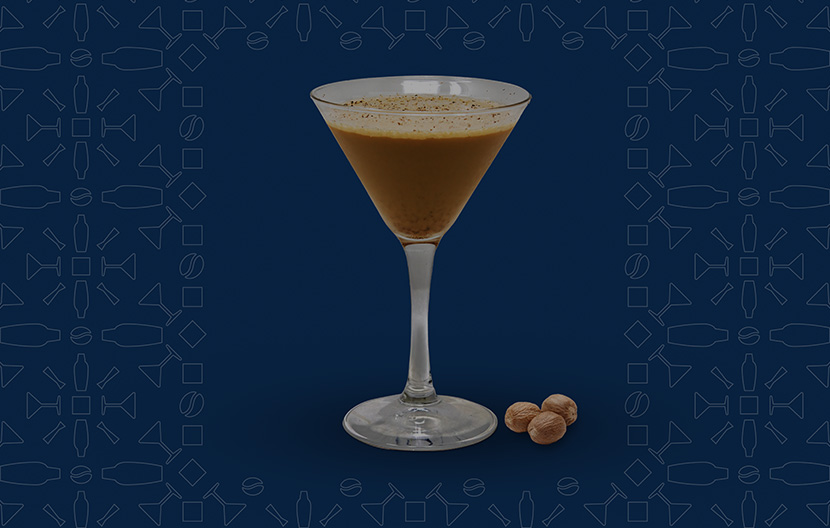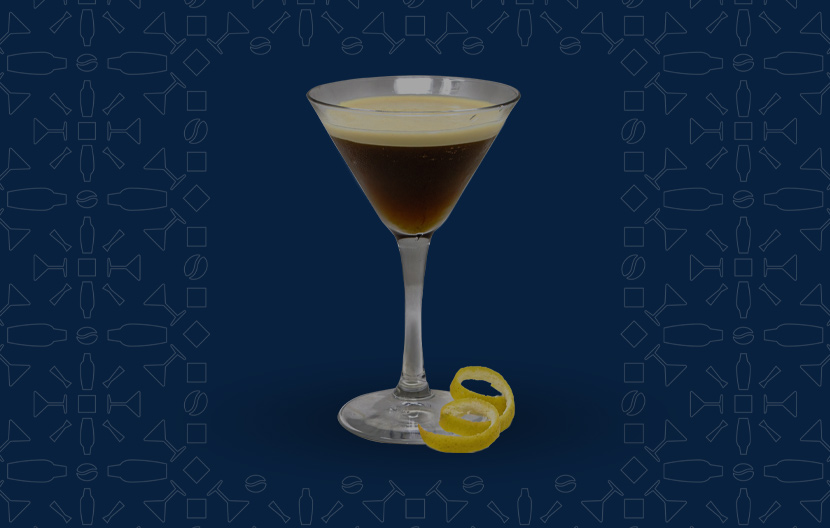*Lavazza is not affiliated with, endorsed or sponsored by Nespresso
**Nescafè®, Dolce Gusto® and Melody I are third party trademarks with no connection with Luigi Lavazza S.p.A.
*Lavazza is not affiliated with, endorsed or sponsored by Nespresso
**Nescafè®, Dolce Gusto® and Melody I are third party trademarks with no connection with Luigi Lavazza S.p.A.
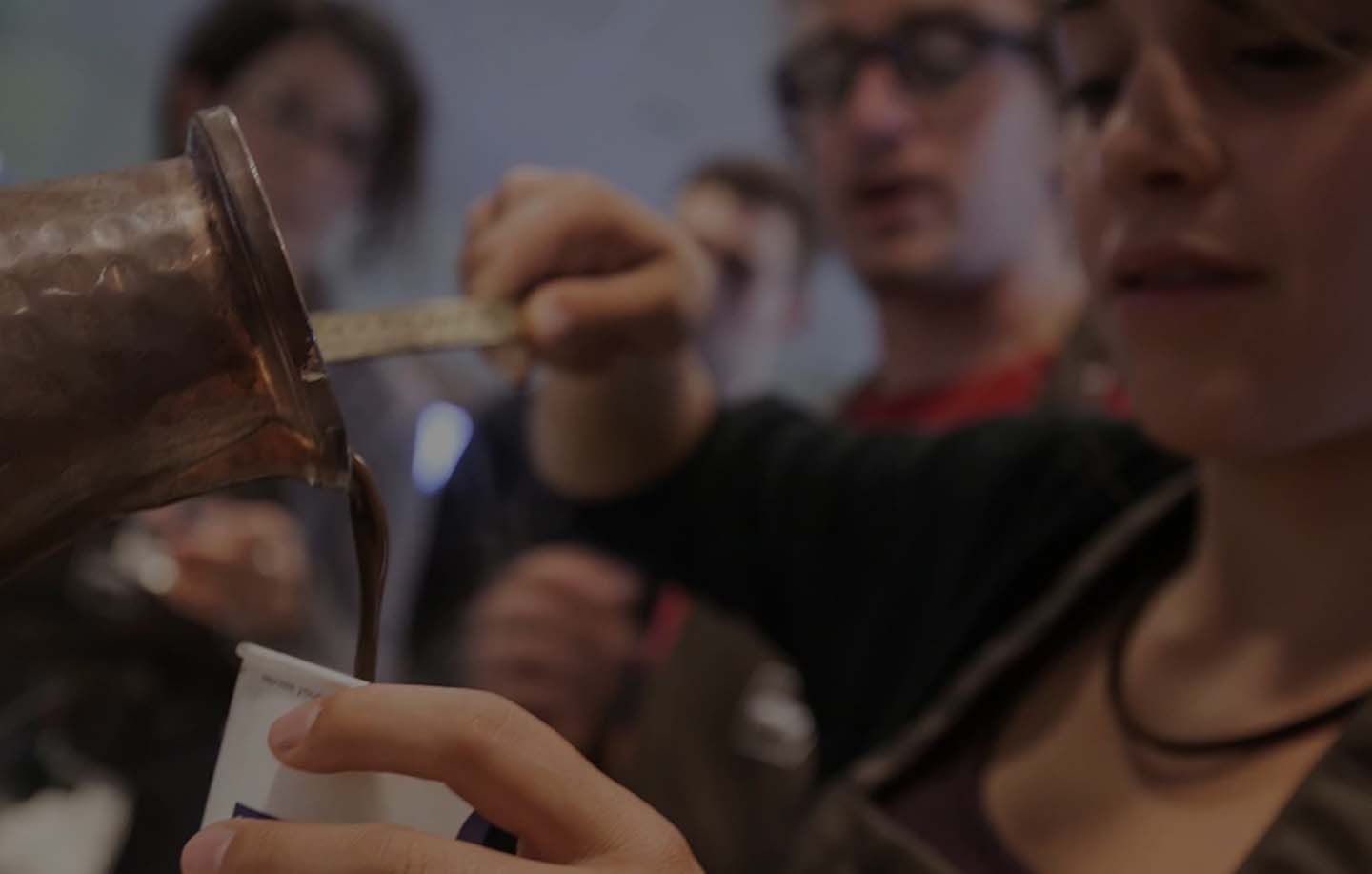
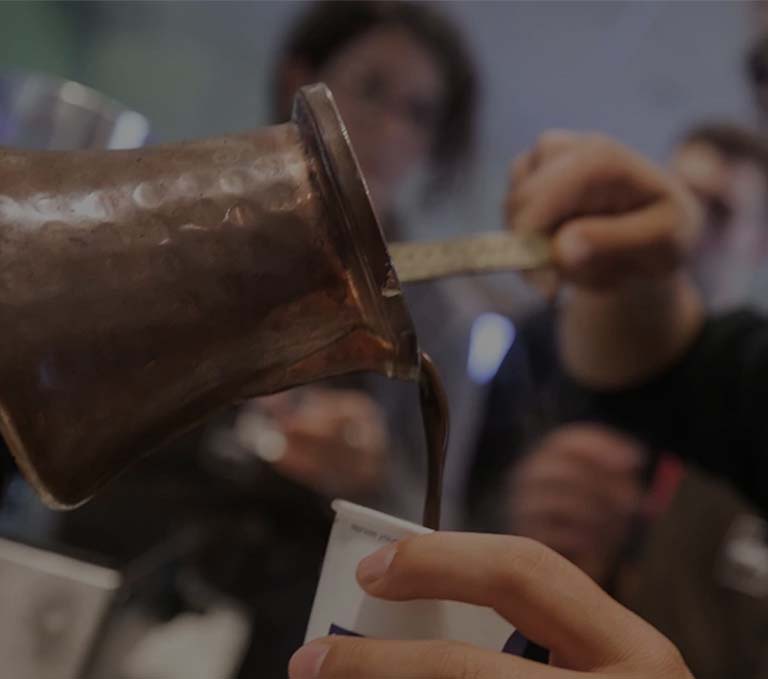
Coffee experience: live the journey
The world of coffee guided by Lavazza Training Center experts
Brewing methods, coffee tastings, different origins. The Training Center covers all the main aspects of coffee culture. Here, you can find all the answers to your questions about the world of coffee, thanks to the wide range of knowledge and skills offered by our team of experts.
BREWING METHODS
There are many ways to prepare a perfect coffee, from the most traditional to the most innovative. The Lavazza Training Center offers courses for professionals on all the coffee brewing methods.
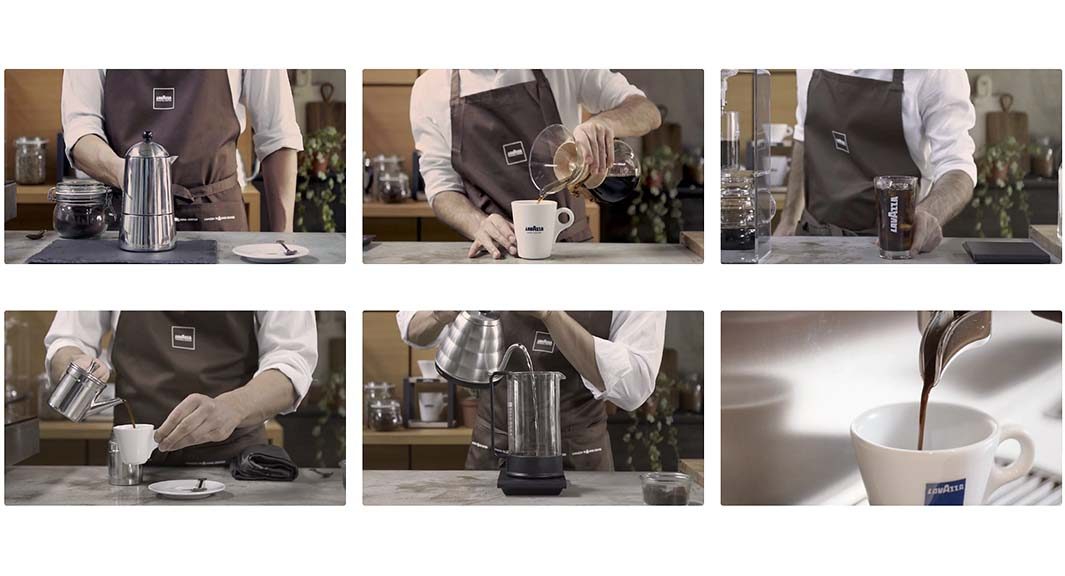
MOKA POT
Thanks to its association with Italian coffee, the Moka pot is perhaps the most widespread cooking utensil in Italian homes. Since the iconic Bialetti designed it in 1933, Different models have been developed, helping the spread of italian coffee culture in the world. Although it’s easy to use, there are a few little tricks to make the coffee truly outstanding. For instance, the water temperature, the amount of ground coffee and the intensity of the heat. Let’s discover all the tricks to prepare a perfect coffee.
CHEMEX
A unique and sophisticated design characterizes the most iconic among all coffee makers: invented by a German chemist in the United States in 1941, the Chemex is now appreciated by all coffee lovers. Its charm lies in the rituality of the coffee extraction: the choice of the filter, the water pouring technique, the timing. It is not a coincidence that this most elegant of drippers is now exhibited at MoMa, the Museum of Modern Art in New York.
COLD BREW
The United States made Cold Brew coffee a celebrity in the coffee world, but its consumption was first seen in Japan in the 1600s. From here, thanks to Dutch merchants, it has reached the rest of the world, which is why it is also called Dutch Coffee or Kyoto Coffee. To make it, you need a Cold Brew Tower and... a lot of patience! The secret to this preparation lies in the slow movement of water through the ground coffee, drop after drop.
NEAPOLITAN COFFEE MAKER
The historical Neapolitan coffee maker originated in France in 1819 and was reportedly designed by the Parisian Morize. Over the centuries, however, the cuccumella has become one of the symbols of Neapolitan culture and tradition. As precious and as elaborate as a chemist’s formula, the preparation of the Neapolitan coffee maker requires a lot of attention to detail: here is everything you need to know about how to enjoy ’na tazzulella of perfect coffee!
PLUNGER OR FRENCH PRESS
Plunger, French Press, melior, cafetière à piston or French coffee maker: this extraction system is known by as many names as the many countries it is used in. Ideal for preparing tea and infusions, it features a distinctive design and a unique technique to separate the water from the ground coffee. No matter which beverage you prefer in your French Press, discover the secrets of how to best use it.
ESPRESSO
The first prototype espresso machine was presented in 1855 at the Paris Universal Exposition. A special extraction process makes the espresso a concentrated beverage, with an intense taste and aroma.
ESPRESSO, AN ITALIAN SYMBOL ACROSS THE WORLD
Creamy, full-bodied taste, aromatic. Espresso is recognized as the ultimate Italian coffee. Sipping on an espresso means enjoying a complete sensorial experience that involves sight, smell, and taste.
An Espresso is made up of these elements: aroma, cream, body, taste, and the cup.
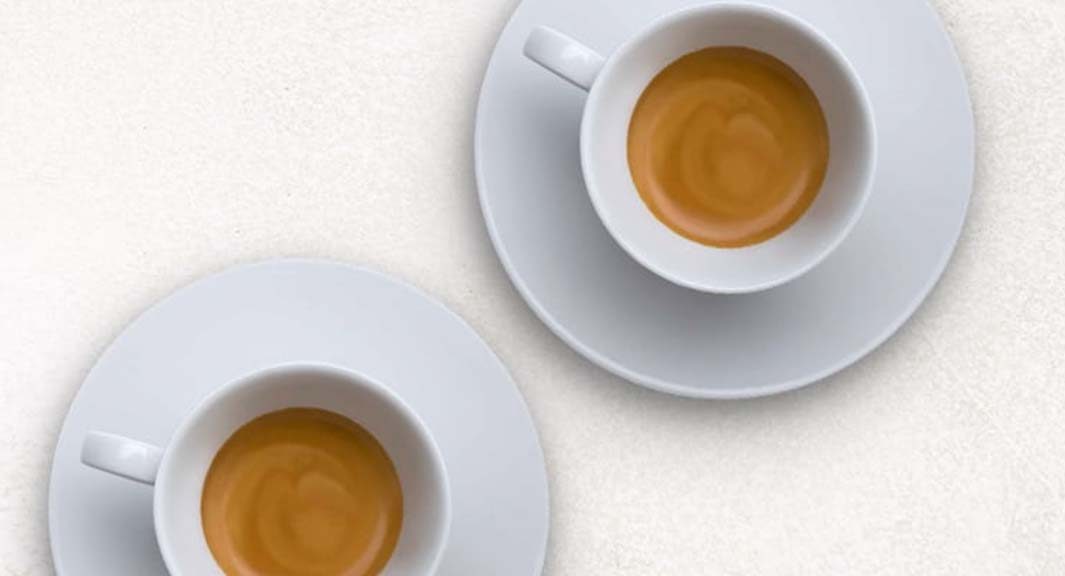
AROMAS
Each blend releases distinctive notes, which set it apart from all other blends: chocolate, floral and fruity are just some of the aromas that can be found in a cup of coffee.

CREAM
A visual representation that hints at the characteristics of the coffee you are going to enjoy. It should make you want to taste it. The cream should never be foamy, nor too light or too dark.
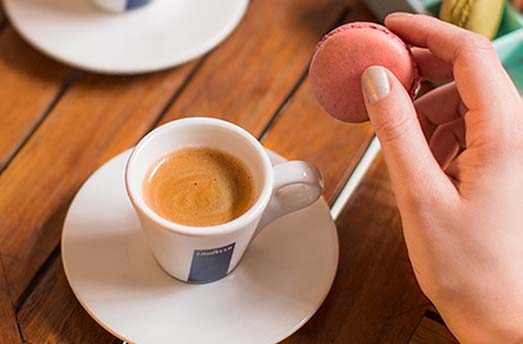
BODY
It indicates the structure of the coffee, its fullness and concentration, based on the balance between the substances in the blend.
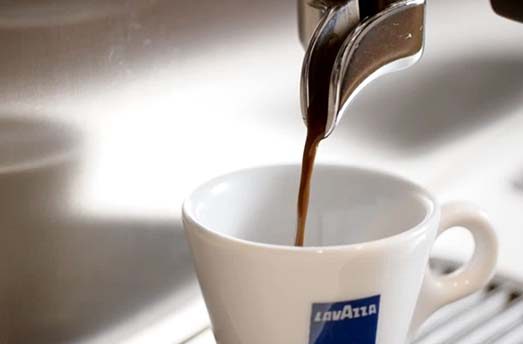
TASTE
Bitter, salty, sour or sweet: the taste of coffee plays on the balance between these four parameters.

THE CUP
A true Italian espresso should be served in a quality cup, preheated to 35–40°C, a truncated cone shape and with a maximum capacity of 70 ml.
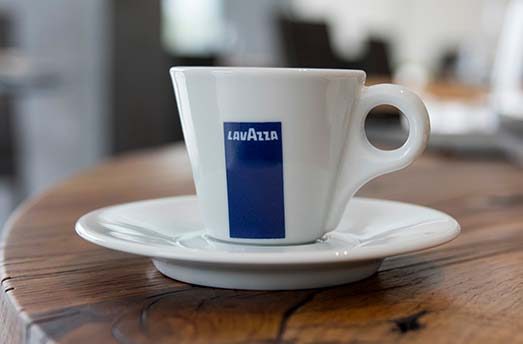
COFFEE ROOTS: WHERE DOES COFFEE COME FROM?
Lavazza wanted to celebrate this unique and iconic product with Coffee Roots, a journey that traces the origins of coffee on its way to the Western world, exploring its meaning in different cultures.
The project has also become a book written by the “gastronome” journalist Vittorio Castellani, aka Chef Kumalè, in which he explores a thousand ways in which coffee has been adapted to the tastes and habits of the many different people who drink it every day.
Chef Kumalè said that although nowadays espresso can be considered "the universal language of coffee, shared in the five continents, it is important to remember that each country has its own "local dialects" that still exist today: particular rituals, ceremonies, habits and ways of drinking coffees that are linked to individual traditions.

